Search
Remove Ads
Advertisement
Search Results
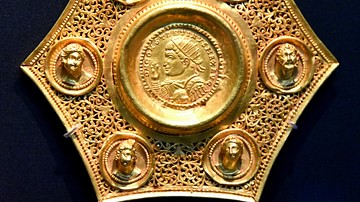
Image
Gold Coin Pendant of Constantine
Gold pendant set with a coin of Constantine the Great, c 320s CE. The British Museum, London. The pendant is made in a pierced metalwork technique popular in fine jewellery of the time. The obverse of the coin depicts a bust of Constantine...

Article
The Gold Trade of Ancient & Medieval West Africa
West Africa was one of the world's greatest producers of gold in the Middle Ages. Trade in the metal went back to antiquity but when the camel caravans of the Sahara linked North Africa to the savannah interior, the trade really took off...
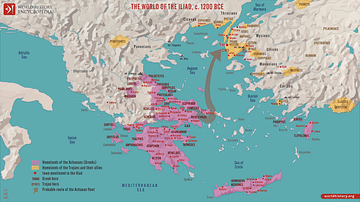
Article
Discovery of Troy
In his epic poems, the Iliad and the Odyssey, the Greek poet Homer (c. 750 BCE) told the story of the Trojan War, a ten-year siege of the city of Troy by an alliance of Greek city-states. Troy was also known by its Latinised name of Ilium...
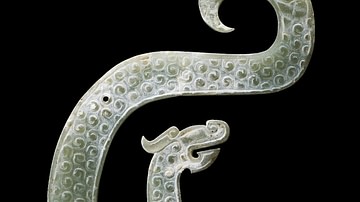
Article
Jade in Ancient China
Jade (nephrite) was regarded as the most precious stone in ancient China, and it symbolised purity and moral integrity. Prized for its durability and magical qualities, the stone was laboriously carved and polished into all manner of objects...
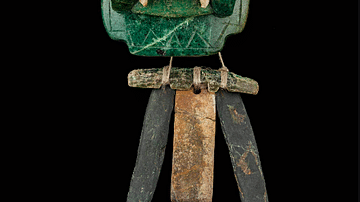
Article
Jade in Mesoamerica
Jade was a highly-esteemed material in many Mesoamerican cultures, making it a valued regional trade good and first choice for objects of religious and artistic value such as masks, ceremonial axeheads, figurines, and jewellery. Jade, because...

Article
7 Ancient Sites in Georgia
Georgia, lying at the junction of Europe and Asia, is a country of ancient myths with a rich and turbulent history. Home to the first European hominids and the birthplace of wine, Georgia's roots trace back to ancient civilisations. Throughout...
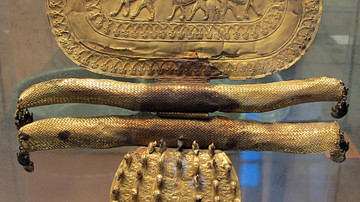
Article
Regolini-Galassi Tomb
The Regolini-Galassi Tomb is located in the Etruscan town of Cerveteri (aka Cisra or Caere) near the western coast of central Italy, around 50 km north of Rome. Cerveteri flourished between the 7th and 4th century BCE and has hundreds of...
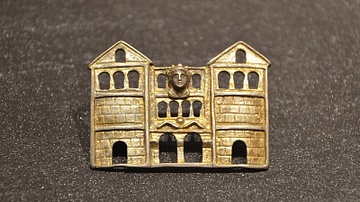
Image
Roman Gilt Silver Fibula
Roman gilt silver fibula in the form of a three-story tripartite gate of rusticated masonry, with a central double-arched entrance flanked by two towers and a draped bust of Sol at the top story, c. 3rd century to early 4th century CE. Römisch-Germanisches...
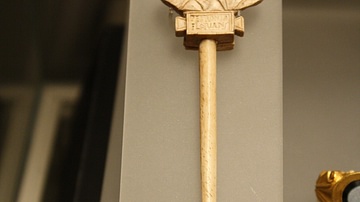
Image
Roman Hairpin
A Roman hairpin made from bone, second half of the 4th century CE. One of the two busts at the head has broken off. The inscription reads 'Petronia Florian(u)s'. (Palazzo Massimo, Rome)
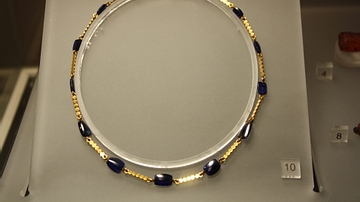
Image
Roman Gold Necklace
A Roman gold and saphire necklace, 2nd half of the 2nd century CE. From an unidentified marble sarcophagus in Rome. (Palazzo Massimo, Rome)